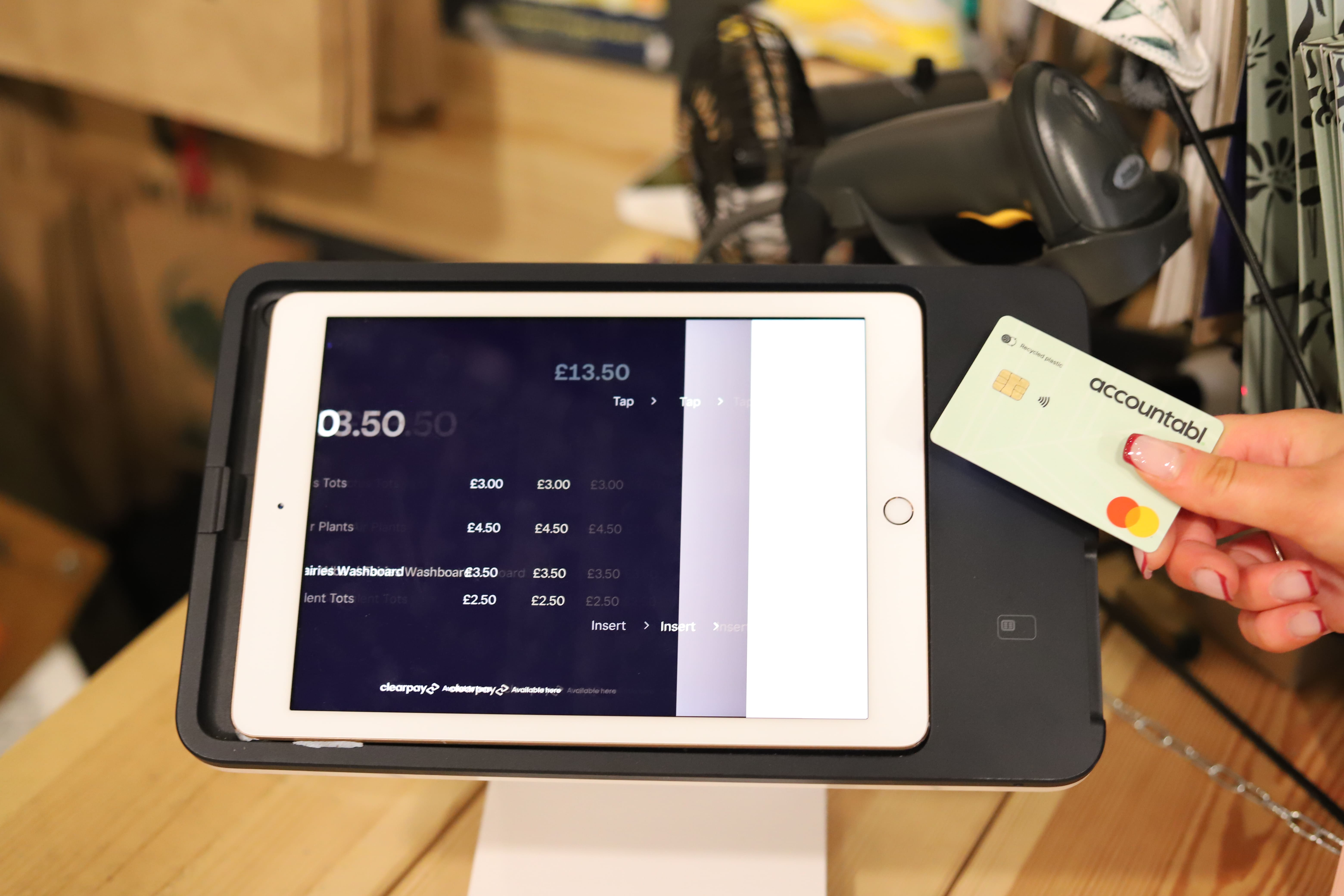In an era where leadership demands both fiscal responsibility and climate accountability, today’s CEOs face mounting pressure to manage performance across financial and environmental dimensions. Stakeholders—from investors to regulators to consumers—are increasingly demanding clear, auditable data on both carbon emissions and company spend. Yet, too often these datasets live in silos, blocking leadership from gaining a unified view of their business impact.
This guide explores how CEOs can harness a dual focus on financial and environmental metrics through one integrated platform. By aligning carbon reporting with spend visibility, leaders can make more strategic, sustainable decisions while boosting transparency and long-term resilience.
The executive mandate: Financial and environmental accountability
Sustainability is no longer a siloed concern of ESG departments. It’s a core strategic priority. Modern CEOs are now expected to guide their organizations toward net-zero goals while maintaining profitability and shareholder value. This dual mandate requires real-time visibility into how capital is being allocated and what environmental impact results from it.
However, many organizations still struggle with fragmented systems and disconnected data streams. Financial data may sit in ERP systems, while carbon metrics are stored in sustainability tools—or worse, spreadsheets. The result is a lack of holistic oversight that hampers executive decision-making.
Bridging the data divide with integrated dashboards
Integrated dashboards are transforming how CEOs engage with carbon and spend data. These platforms unify disparate systems, providing a single source of truth where finance, operations, and sustainability converge. By viewing spend and sustainability metrics side by side, leaders can trace carbon emissions to specific suppliers, categories, or business units—and directly link environmental performance to cost.
For example, a CEO could use an integrated dashboard to identify high-emission suppliers with low financial efficiency. This insight enables strategic decisions such as supplier replacement, contract renegotiation, or investment in greener alternatives. These dashboards not only accelerate reporting but also surface optimization opportunities that benefit both the planet and the bottom line.
The rise of real-time carbon reporting for executives
Static, annual carbon disclosures no longer meet stakeholder expectations. Investors and regulators are pushing for continuous, dynamic reporting that reflects a company’s current environmental footprint. CEOs need access to real-time carbon insights that are as accessible and actionable as their financial reports.
Leading platforms now offer automated carbon accounting that updates in near real time based on procurement data, travel records, utility bills, and logistics. These technologies use emission factor libraries and AI to ensure accurate carbon measurement—reducing manual work and compliance risk. As regulation tightens across markets, CEOs can no longer afford blind spots in carbon visibility.
Turning visibility into action: Strategic benefits for CEOs
The integration of carbon and spend data isn’t just about better reporting—it’s a lever for transformation. With aligned insights, CEOs can:
- Drive operational efficiency: Identify wasteful spending and emissions hotspots simultaneously.
- Build resilient supply chains: Spot carbon-intensive or non-compliant suppliers before they become a risk.
- Elevate investor confidence: Deliver transparent, auditable reporting that aligns with ESG frameworks and financial KPIs.
- Accelerate toward climate targets: Track progress on Scope 1, 2, and 3 emissions in the context of actual business activities.
By unifying data, CEOs move from reactive compliance to proactive strategy—embedding sustainability into the very core of business decision-making.
Empowering leadership through digital maturity
To achieve this level of visibility, companies must invest in digital infrastructure that supports data interoperability and AI-driven analysis. Cloud-based platforms with built-in integrations, customizable dashboards, and automated alerts are quickly becoming essential C-suite tools.
Early adopters are already seeing the upside. Companies using integrated carbon and spend solutions report faster time to insight, stronger audit readiness, and better alignment between sustainability and financial teams.
A atrategic imperative, not a trade-off
In today’s economy, financial growth and environmental responsibility are not opposing goals—they are two sides of a resilient, forward-looking strategy. CEOs who embrace unified carbon and spend visibility position their companies as leaders in transparency, innovation, and sustainability.
The path forward is clear: leverage integrated dashboards, align financial and environmental data, and take informed action. The businesses that do will not only meet the demands of today’s stakeholders but shape the standards of tomorrow’s market.
Empower your finance team with smarter spending – Learn more









